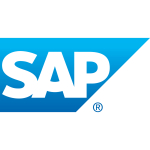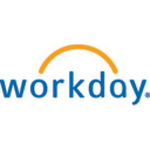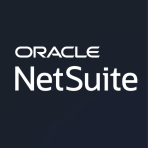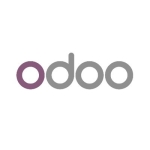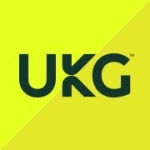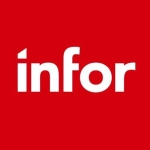What is our primary use case?
We are using Oracle Red Hat and Oracle database. It's working on cloud Azure cloud.
Many of our customers have Oracle Web E business tools and databases. We are using single-tier, multi-tier, multi-node, single node. Recently, we have migrated the tenant to tenant, like Oracle E-Business Suite.
What is most valuable?
We use HR modules, and financial modules are a very common industry.
What needs improvement?
Oracle could improve its licensing model by offering more flexible options, such as subscription-based pricing. Nowadays, people are going for more open-source products.
I would like to see Oracle E-Business Suite include all the necessary patches and fixes in the main product instead of requiring customers to pay for support for each one.
For how long have I used the solution?
We have been using it for the last 15 years. I'm a system infra architect and also have some DBA training or Oracle DBA, backup, cloning, deployment, patching, and migrations.
What do I think about the stability of the solution?
The product is stable, but with the passage of time, if you leave some kind of new feature and apply and customize the product, then you have to patch the product.
For example, we raised the request to the Oracle technical team, and the technical team recommended and applied the dispatch; the issue will be fixed. So, we are continuously applying the patches.
But this is a continuous process. Nothing is 100%. Everything is streamlining with passive providers, even in Microsoft, Oracle, EVS, etc. Patches are there, and bugs and fixes are there. We continuously apply everything.
How are customer service and support?
Oracle's technical support is better than others.
How would you rate customer service and support?
Which solution did I use previously and why did I switch?
I simultaneously worked with SQL Server from 2000 to 2004, 2008, 2017, and 2019.
Oracle E-Business Suite is a complete business suite, while SQL Server is only a database. All customized applications in front-end development use SQL. If they have a high budget, they use Oracle.
We have over 200 customers and use a variety of solutions on Azure, including SQL Server and Oracle E-Business Suite. We primarily provide technical support for our customers.
How was the initial setup?
Oracle is a vast domain. For a skilled person, it is not complicated, but for a new person, it is a bit complex.
There are OS and EBS within compatibility libraries. Most issues and bugs are due to the compatibility of configurations. Otherwise, it's not so difficult.
What about the implementation team?
For deployments, we have streamlined the processes and migration. We have also streamlined the migration process, whether it is a VM migration or either it is cloning. We streamline everything.
What's my experience with pricing, setup cost, and licensing?
It's pricey. Oracle's pricing is on the higher end, but it is justified given the product's maturity, stability, and feature set.
What other advice do I have?
I have been working with Oracle E-Business Suite for the past 10 to 12 years. There are always some bugs and missing patches, so I would rate it a nine out of ten. Also, they have fixed it, but with the passive time after month-to-month payments, we have to beg to apply the patch to the product. That is the main thing we are missing.
I would like to see Oracle E-Business Suite include all the necessary patches and fixes in the main product instead of requiring customers to pay for support for each one. This would make it easier and more efficient to customize the product to meet specific needs.
Which deployment model are you using for this solution?
Public Cloud
If public cloud, private cloud, or hybrid cloud, which cloud provider do you use?
Microsoft Azure
Disclosure: My company has a business relationship with this vendor other than being a customer. Partner








